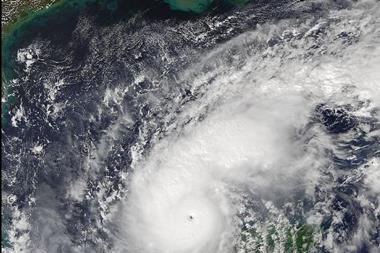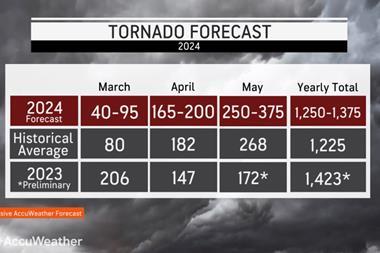Increasing disruption and economic pressures caused by the pandemic has serious risk management implications for the maritime community
Restrictions on supply chains and international travel due to the coronavirus outbreak have serious implications for the maritime industry. Although the threat from the perils ships usually encounter at sea may have reduced in many cases due to an increasing number of vessels waiting at anchorage or being in lay-up, other risk challenges have replaced them, according to a report from Allianz Global Corporate & Specialty (AGCS).
“The increasing disruption and economic pressures caused by the pandemic also has serious risk management implications for the maritime community and insurers alike,” says Captain Rahul Khanna, global head of Marine Risk Consulting at AGCS.
If lay-up of vessels is not properly managed, including regular maintenance, problems can materialize when the ship is ready to sail again. Relieving crew has become more challenging due to travel restrictions, meaning more fatigued seafarers – one of the main causes of human error on board. Delays in the servicing and inspections of vessels and emergency equipment can result in any problems remaining undetected, while supply chain disruption means oils and consumables can take longer to arrive, which can result in machinery damage if incorrect alternatives are used. At the same time, an increase in the use of remote pilots – to protect seafarers from the risk of infection – can also have an impact on safe vessel navigation.
Increasing number of vessels in lay-up
Although ships remain active through the coronavirus outbreak, many vessels have been impacted, leading to a number lying idle. A vessel is considered to be on lay-up when it is taken out of service and is anchored at a fixed location for a considerable period of time without undertaking any commercial activities.
“An unplanned lay-up can result in a prolonged recommissioning exercise that can last for months, even requiring docking. Comprehensive plans including risk assessments covering storage and lay-up are crucial for ensuring the safety of vessel during the downtime and its subsequent return to service,” Khanna explains.
Ship-owners are encouraged to use guidance documents and checklists provided by classification societies when preparing this plan. The lay-up plan should present a clear picture of risks specific to the location and the type of vessel, such as exposure to storms, for example – there have already been reports of a considerable number of large cruise ships being temporarily laid up around the US East Coast, with the onset of the hurricane season in the North Atlantic creating potential risks for these vessels if they can’t be moved out of harm’s way quickly. Maintenance of main machinery and nautical equipment, fire-fighting arrangements and tug availability in a contingency should also be among the areas of focus in the plan.
Relieving crew a challenging issue
Travel restrictions due to the coronavirus pandemic have made it difficult to effect crew-change on vessels. Due to border closures there are limited options for repatriation and in many cases crews have continued working on board for months longer than usual. Longer tours of duty, coupled with concern for families at home, can cause physical and mental fatigue among seafarers. It is estimated that 75% to 96% of marine incidents can involve human error and fatigue is one of the major underlying causes.
“Adjustments in work and rest hours offers effective fatigue management,” says Captain Nitin Chopra, senior marine risk consultant at AGCS. “Hiring from a pool of locally-available seafarers may be an option in some cases.”
Delays in surveys, inspections and servicing of emergency equipment
Classification societies are facing difficulties in arranging attendance for scheduled surveys, which is affecting the validity of classification and statutory certification of vessels. The servicing of critical equipment on some vessels may not take place at the scheduled interval as service engineers are unable to attend. Shortage of workforce and implementation of social distancing measures in shipyards is causing delays. It is anticipated that the number of port state control inspections may reduce owing to the restrictions in place and this may lead to unsafe practices and conditions on board going undetected.
“Risks arising from delays in the servicing of emergency equipment (for example, fire-fighting appliances) will require implementation of additional control measures,” says Chopra.
Other challenges for the shipping industry highlighted in the report include:
- Supply chain disruption means oils and consumables can take longer to arrive, which can result in machinery damage if incorrect alternatives are used.
- An increase in the use of remote pilots – to protect seafarers from the risk of infection – can also bring an enhanced risk to the safe navigation of the vessel.
- With courier services restricted in many regions it may not be possible to dispatch fuel oil samples for analysis to shore-based laboratories. This may lead to consumption of bunkers without proper analysis, increasing the risk of machinery damage.




















No comments yet